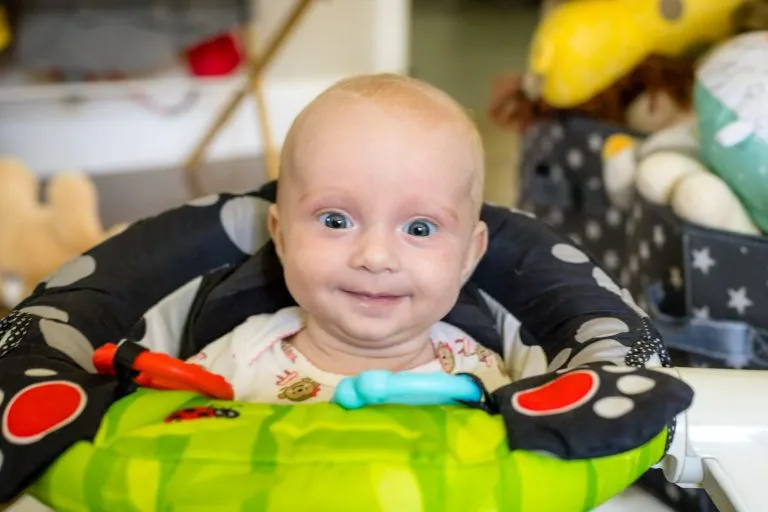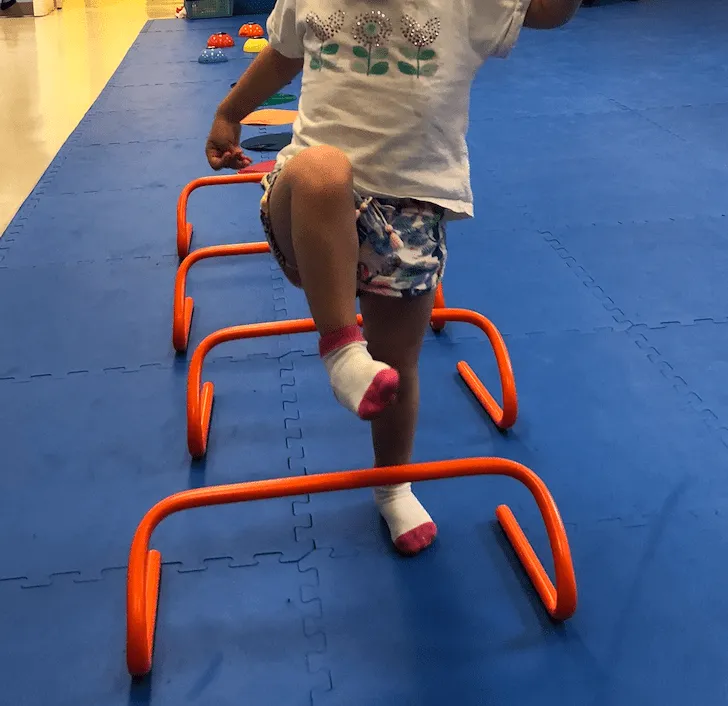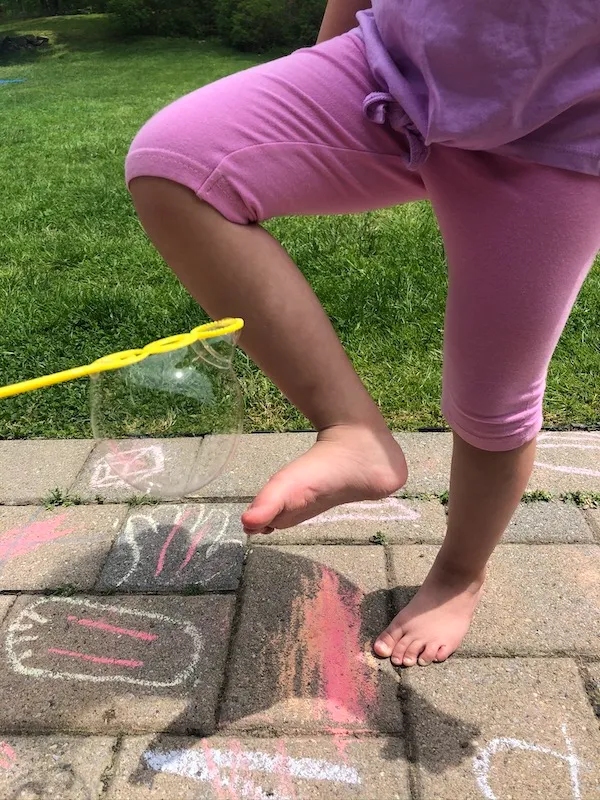One-Year-Old Milestones:
It’s your baby’s first birthday, hooray! What should your child be able to do? Read below as a physical therapist guides you through what your child should be doing by the age of one.
- Rolling: By around six to seven months, most babies have mastered the skill of rolling over from their back to their tummy and vice versa. This milestone signifies improved strength and coordination in their core muscles.
- Crawling: Around eight to ten months, babies will begin to crawl. Initially, it may be more of a commando-style crawl on their bellies before becoming a traditional hands-and-knees crawl. If you notice your child is scooting with one leg up rather than crawling on hands and knees it may be due to muscle tightness or asymmetrical hip strength. This is something that can be worked on at physical therapy and is not overly concerning. However, if your child is moving around like this more than 50% of the time you may want to seek out a second opinion to help identify any underlying muscle tightness or strength impairments. Crawling on hands and knees not only enhances their strength and coordination but also paves the way for exploring their environment and giving some additional freedom.
- Pulling Up: Around nine to twelve months, babies begin pulling themselves up to stand using furniture or other objects for support. This milestone signifies increased leg strength and begins to prepare them for walking.
- Cruising: After pulling up, babies will begin to cruise. Cruising consists of holding onto furniture or a support surface and taking steps sideways. We also want to encourage the child to begin to let go of the surface with one hand at a time. We can help encourage this by holding toys up for them to reach for. This milestone represents progress in balance, coordination, and leg strength. If you notice your child only cruises to one direction or has a large preference to cruise in only one direction it may be due to underlying muscle weakness or muscle tightness. This is something you may want to seek out a pediatric physical therapist for.
- First Steps: One of the most exciting milestones for parents is when their baby takes their first independent steps. Typically, babies begin walking between ten to fifteen months. Children will use a combination of crawling, cruising, and assisted walking as they gain confidence prior to taking those independent first steps. A child’s first few steps often look a little funny. Their feet may be very far apart, their toes may be turning in or turning out, or they may even walk on their toes. These are all things to keep an eye on. If they are short-lived, inconsistent phases the child is likely just getting used to their new method of exploring their environment. If however, these phases are becoming more consistent and seem to be the child’s preferred methods of walking you may want to seek out a pediatric physical therapist for further assessment.
- Standing Alone: Around the one-year mark, some babies may start to stand independently, balancing without assistance, for a short period before taking their first unassisted steps. This demonstrates improved balance and stability.
- Stair Climbing: Towards the end of their first year, babies may attempt climbing stairs with assistance and supervision. Learning to navigate stairs is an essential skill as they continue to grow and explore their surroundings. It is important to encourage stair climbing leading with both legs. A child who favors leading with one leg over the other may have some asymmetrical leg strength or muscle tightness.
- Kicking and Throwing: As their leg and arm muscles strengthen, babies around one year old start to develop the ability to kick a ball or throw objects with growing interest in playing games and engaging in physical activities.
Understanding Your Child’s Gross Motor Milestones
The first year of a child’s life is full of exciting gross motor milestones that lead to more independence for your child. As parents, we can celebrate these milestones, while offering encouragement and creating safe environments for our little ones to explore and develop their gross motor skills.
Consulting Healthcare Professionals for Developmental Concerns
Keep in mind that every child develops at their own pace, so there may be variations in the timing of these milestones from one child to the next. If you have any concerns about your child’s gross motor development, it is always advised to consult with your healthcare professional or pediatrician.
Emma Costa’s Journey in Pediatric Physical Therapy
About the Author: Emma Costa, PT, DPT has been a physical therapist since 2022 after graduating from Stony Brook University. She found her passion for working with children early on in her schooling. Emma loves watching her patients grow and learn new skills with the help of physical therapy. She works in school and outpatient settings with the Developmental Steps family.





